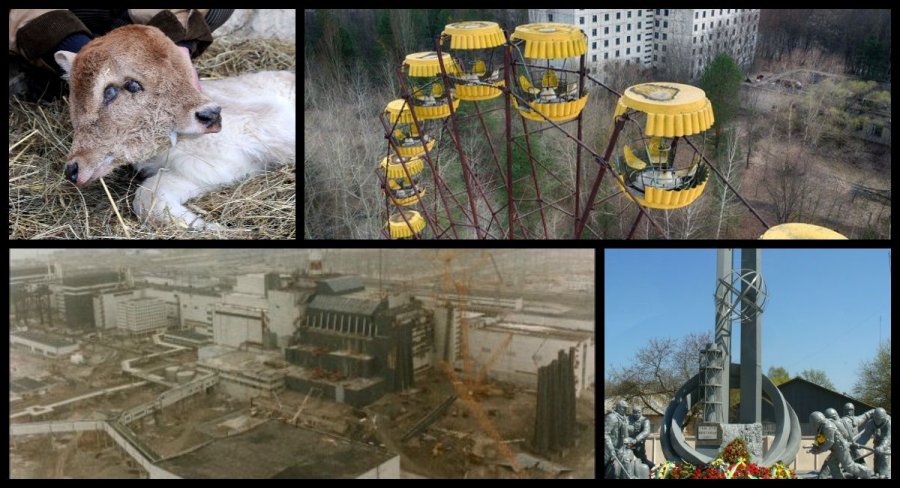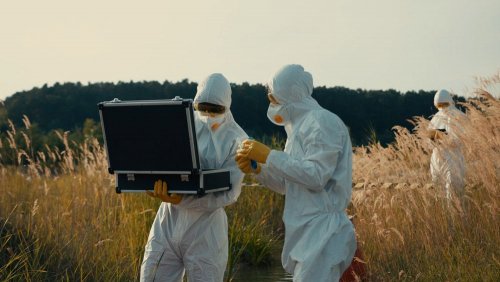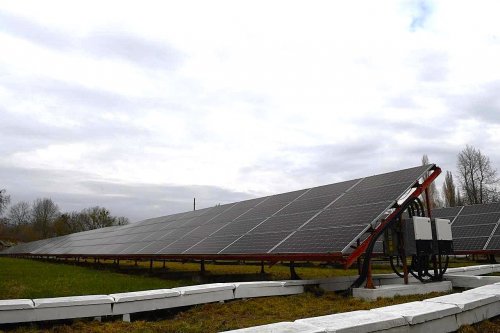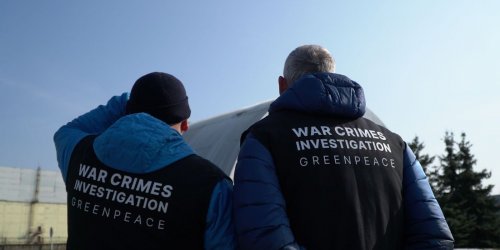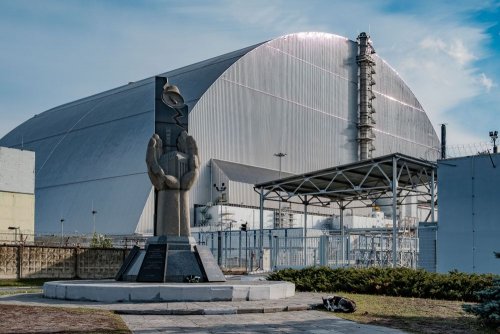April 26 marked the 37th anniversary of the Chernobyl disaster, which changed the fate of the whole world, nuclear energy, and especially millions of residents of Polissia. The nuclear power plant, which was supposed to provide the metropolis with energy, caused the biggest man-made accident in the history of mankind.
As a result of the accident, about 600,000 people suffered radioactive damage, 200,000 people were permanently evacuated from the contaminated areas, and a 30-kilometer exclusion zone was created around the Chernobyl nuclear power plant.
Currently, the Chernobyl zone has become the largest nature reserve in Ukraine.
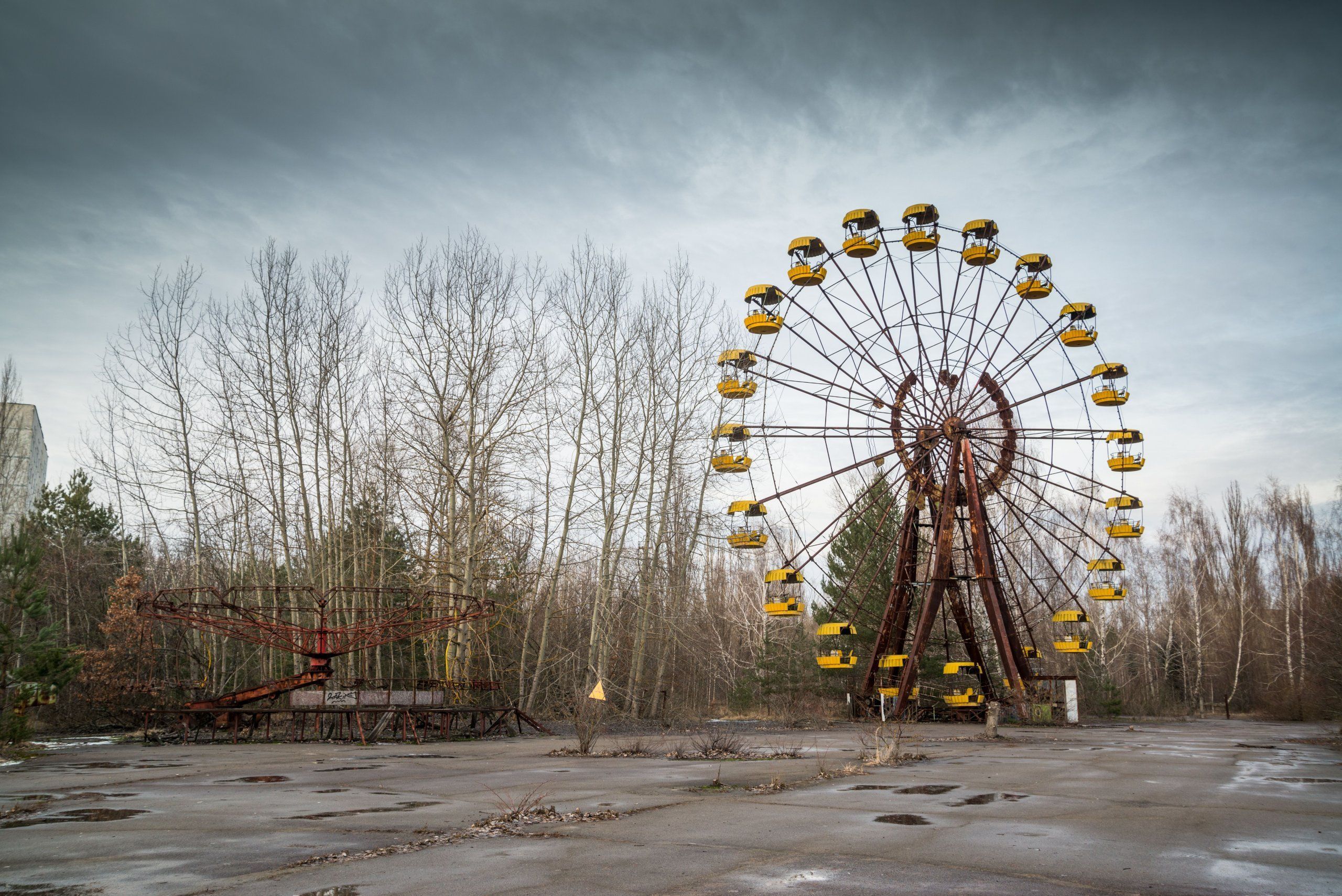
Shutterstock
However, the 10-kilometer zone around the Chernobyl nuclear power plant, which occupies about a third of the territory of the Exclusion Zone, is contaminated with transuranic elements and will be uninhabitable for another 24,000 years. After all, uranium, plutonium, americium have a very long half-life.
Causes of the accident and elimination
"Archive documents show that from the moment construction began, the Chernobyl NPP was doomed to failure. We can say that the key cause of the accident was the communist Soviet regime, which made it possible to neglect project requirements, safety techniques, and even threatening messages from the KGB about critical deficiencies in the construction and operation of the Chernobyl Nuclear Power Plant," said the director of the SSU Archive Andriy Kohut.
The accident at power unit 4 was not the first at the Chernobyl Nuclear Power Plant, the first happened immediately after putting it into operation . Some accidents were accompanied by serious radiation leaks.
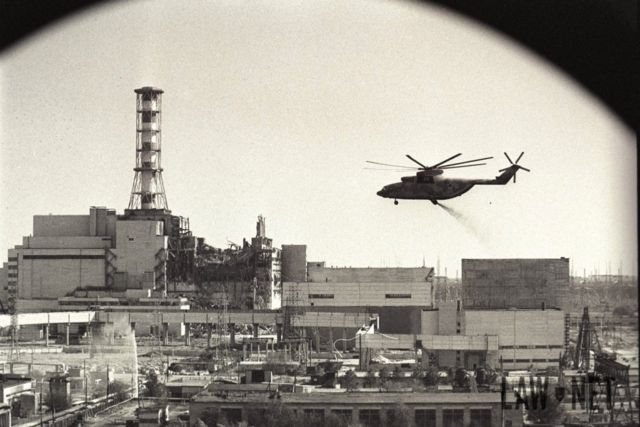
bbc.com
Construction of the station began back in 1970, and 7 years later the first power unit was launched. However, the entire station was built with systematic violations, low-quality materials were used, and part of it was stolen. The NPP was built in a hurry in order to be in time for the next congress of the Communist Party.
The Chernobyl disaster occurred during tests to verify the design mode, which provided for the use of coasting (inertia) of the generator turbine to power the reactor systems in case of loss of external power supply.
The test was conducted in violation of the instructions, partly due to a lack of information about the dangers, the station's night shift, which had a lower level of training. In addition, some of the most important information was not available to the NPP workers, in particular, about the number of manual control rods in the active zone of the reactor.

bbc.com
With a difference of two seconds, two explosions (steam and thermal with a nuclear nature) occurred at the fourth reactor of the Chornobyl NPP. The first explosion completely drained the steam zone, destroyed the reactor and threw up the upper protective plate of the reactor weighing 2 thousand tons. Part of the buildings collapsed and a big fire started. A huge amount of radioactive substances entered the atmosphere.
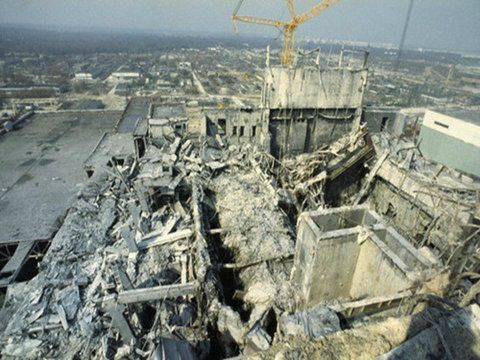
nrtsu.gov.ua
Experts are convinced that the explosion was the result of an error in the design of the control and protection system (CSS) in the RBMK-1000 type reactor, which is called the end effect.
The tests themselves were to be conducted during the shutdown of the reactor. However, it was postponed that day. All day, the reactor worked at half capacity, which led to xenon poisoning.
Accidents at similar reactors have occurred before, in particular in 1975 at the Leningrad NPP, in 1983 at the Ingalin NPP. However, the designers of the reactor hid the shortcomings of the structures.
Due to weather conditions, pollution fell in spots. That is why the Alienation Zone is not a circle, its length is z and it stretches over 60 km from east to west, and 30 km from north to south.
The Soviet authorities began evacuating people only on May 2 after a radioactive cloud was discovered in Sweden and the alarm sounded.
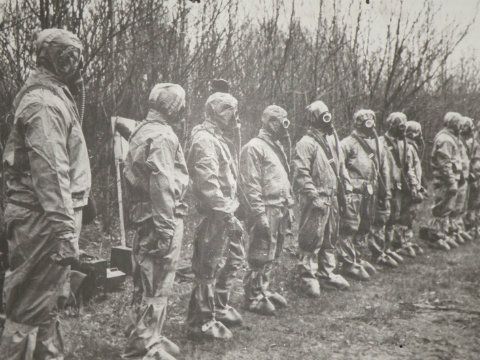
nrtsu.gov.ua
In the first two days after the accident at the Chernobyl NPP, people were evacuated only from a 10-kilometer zone. In particular, a day and a half after the explosion at the station, residents of the city of Pripyat were taken away. And for the first five days after the accident, not only were people not evacuated from the 30-kilometer zone, but the population was not warned about the threat of radiation. On May 1, hundreds of thousands of people, including children, took part in a festive parade in Kyiv, even though the level of radiation in the city exceeded the permissible standards several dozen times.
People said that they were not allowed to take their pets and belongings with them and were not warned that they would never return home. And pregnant women were forcibly sent for abortions after evacuation.
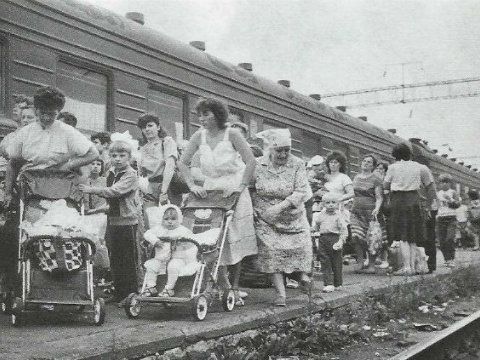
nrtsu.gov.ua
After the Chernobyl disaster, children were born with numerous mutations, and people developed oncological diseases.
Experts are convinced that the consequences of the accident for people would have been less if the Ukrainian authorities had not waited for instructions from Moscow.

bbc.com
About 240,000 people took part in the elimination of the consequences of the accident. The total number of liquidators over the years reached more than 600,000 people, of whom about 150,000 died. Conscript soldiers without reliable protective suits were involved in the liquidation.
All firefighters who participated in extinguishing the fire received large doses of radiation, because a large amount of cesium-137 isotopes got into the air. Many of them died soon after. The liquidators were sent for radiation sickness treatment to the 6th Moscow Clinical Hospital and the Kyiv Institute of Radiology and Oncology. Kyiv doctor Leonid Kindzelskyi used a different method of radiation sickness treatment, which saved the lives of all 11 patients, while only two of the 13 patients in Moscow survived.
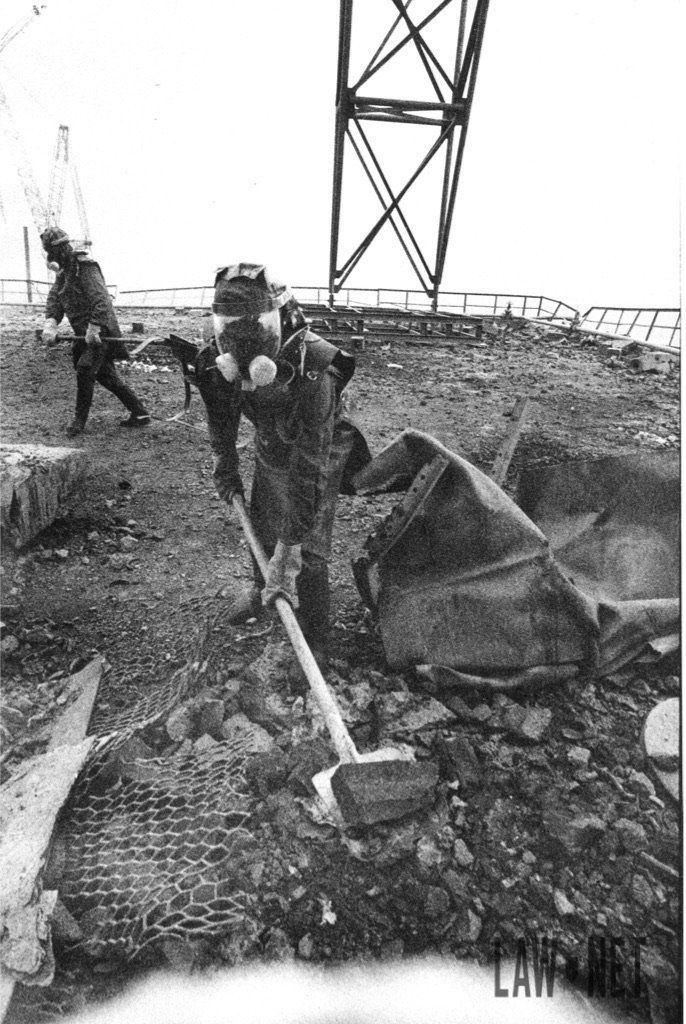
bbc.com
The NPP continued its work
After the accident, the first two power units remained in normal working condition and were shut down on April 27, 1986. The third power unit, technically connected to the fourth, was stopped an hour and a half after the accident. The first and second were launched again in the fall of 1986 and they worked until 1996 and until 1999. The third power unit operated from December 1987 to December 2000. The final decommissioning of the Chernobyl nuclear power plant will last until 2064.
Impact on nature
Currently, more than 80% of the exclusion zone is a special Chernobyl reserve, where unique scientific research and observation of flora and fauna are conducted.

details.ua
With the absence of people on the territory of the Zone, nature began to recover, in particular, red-listed plants and animals multiplied. In the Zone you can meet Przewalski's horses, moose, foxes, wolves, lynxes, black storks, etc. The plant life is also being restored. However, under the influence of radiation, living beings undergo mutations, especially in areas with higher infestations.
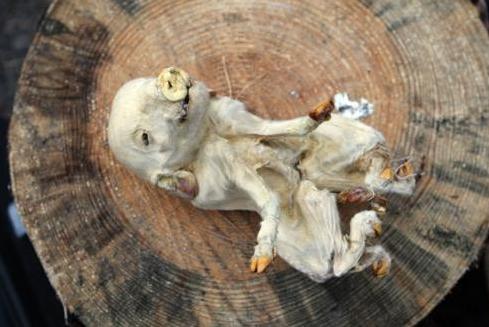
details.ua
For example, certain body parts may be missing or deformed in animals, and plants may be "twisted". However, in the long term, according to scientists, the anomalies will not have catastrophic consequences for biodiversity and over time the crippled creatures will be replaced by normal ones.
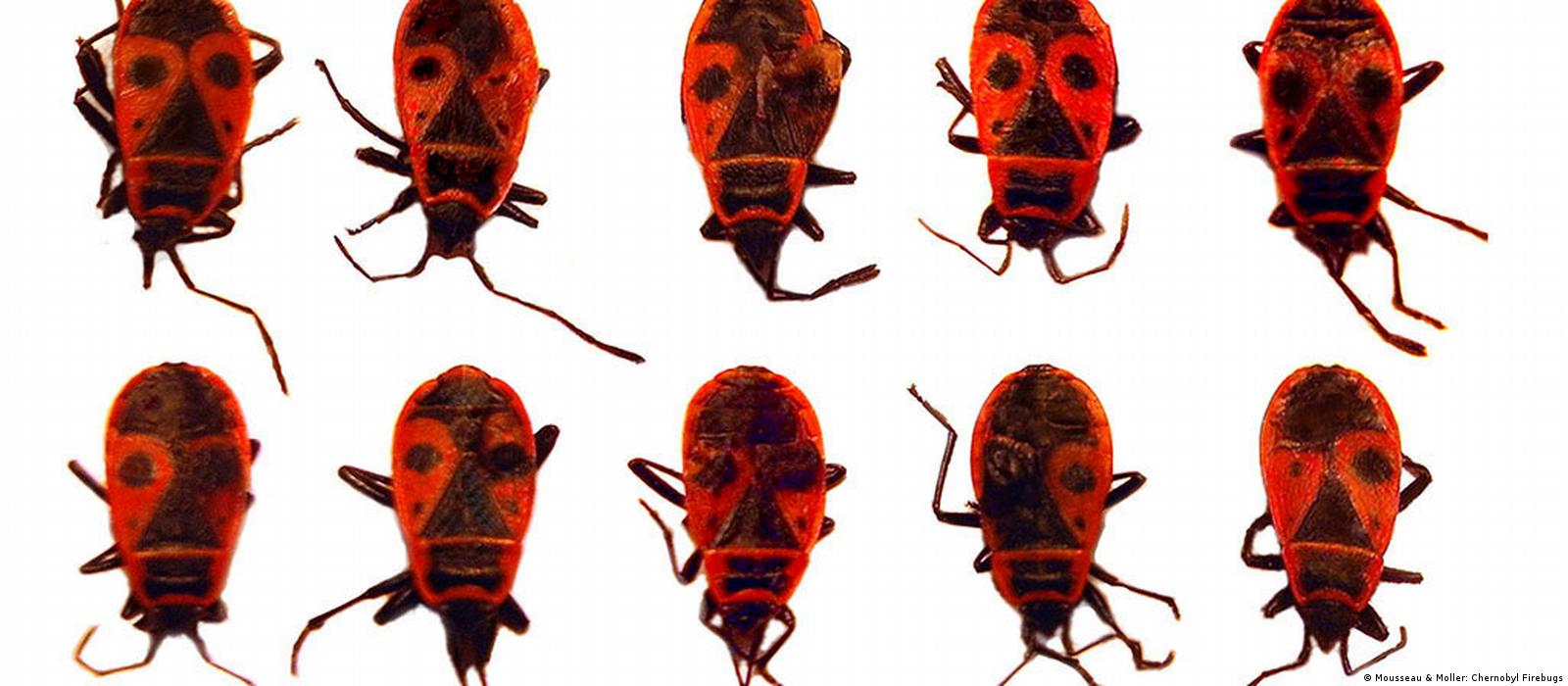
dv.com
In addition, part of the most polluted territory of special industrial use around the Chernobyl NPP is turning into a powerful ecological cluster. It is here that the most modern storage facilities are located, which ensure reliable and safe storage of spent nuclear fuel and radioactive waste, for which the state is responsible.
The area is also an attractive site for renewable energy projects and hazardous waste management.
The threat of repeating the accident at the Chernobyl nuclear power plant
It is worth noting that it was the Chernobyl disaster that made the biggest contribution to Western society's rejection of nuclear energy. Before that, nuclear power plants were built next to megacities to provide them with energy.
Although more modern WOWR reactors (water-on-water reactor PWR) have a different design and prevent catastrophic accidents, nuclear power still inspires public fear, and environmental activists fight to close existing plants and ban the construction of new ones.
Chernobyl is under occupation
The Chernobyl zone was occupied on the first day of a full-scale invasion. Station staff, close 300 people, spent 600 hours on shift instead of the standard 12.
They noted the ignorance of the Russians, who did not seem to understand the danger of the Exclusion Zone – they stole sources of ionizing radiation, did not monitor the level of radiation, dug trenches in the Red Forest, etc. The first death of a Russian soldier from radiation sickness was recorded in early April.
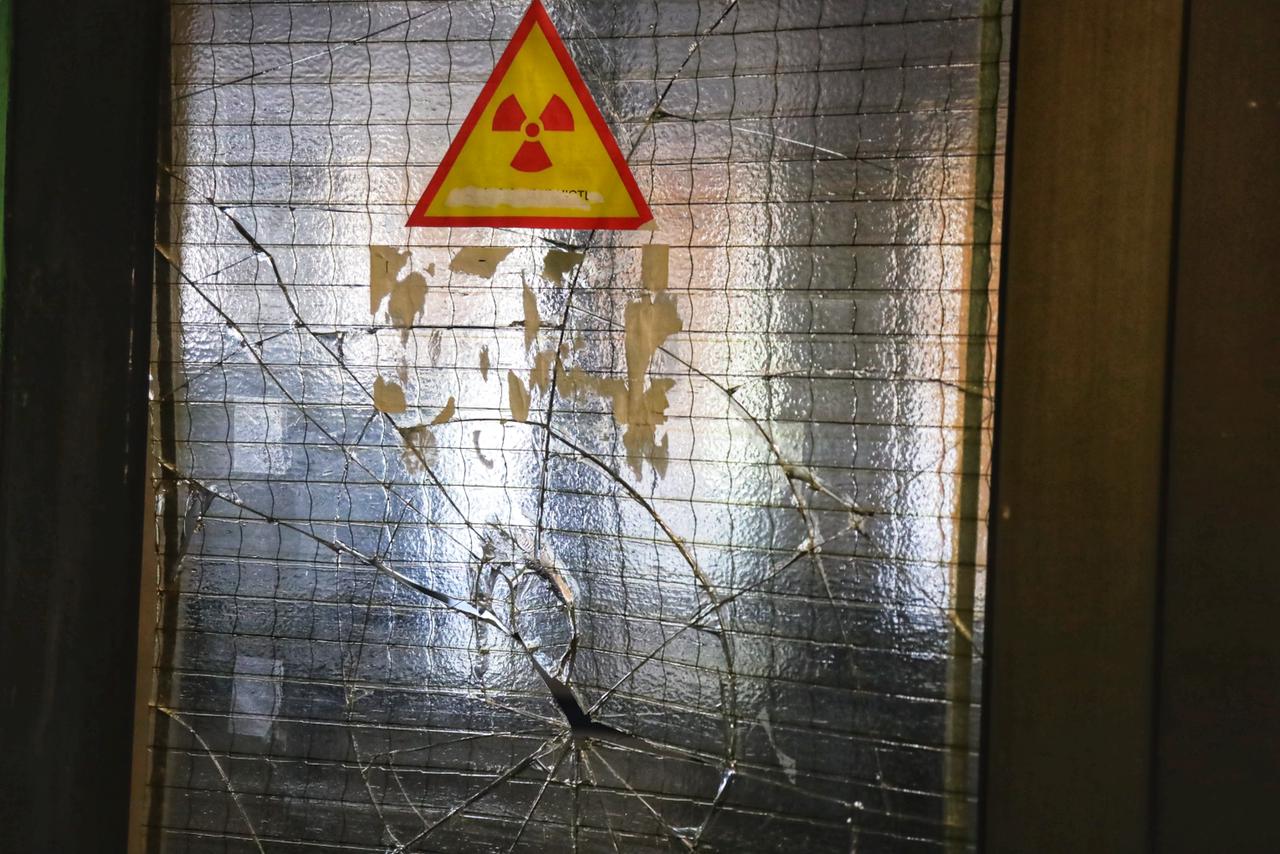
mepr.gov.ua
The occupiers also stole office equipment, dishes, coffee makers, etc. And what they couldn't steal, they destroyed. For example, they simply threw away documents that had been collected for decades. The Russians also damaged the power supply of the station, which could have caused a colossal release of radioactive substances. However, the disaster was avoided thanks to the dedication of the station employees.
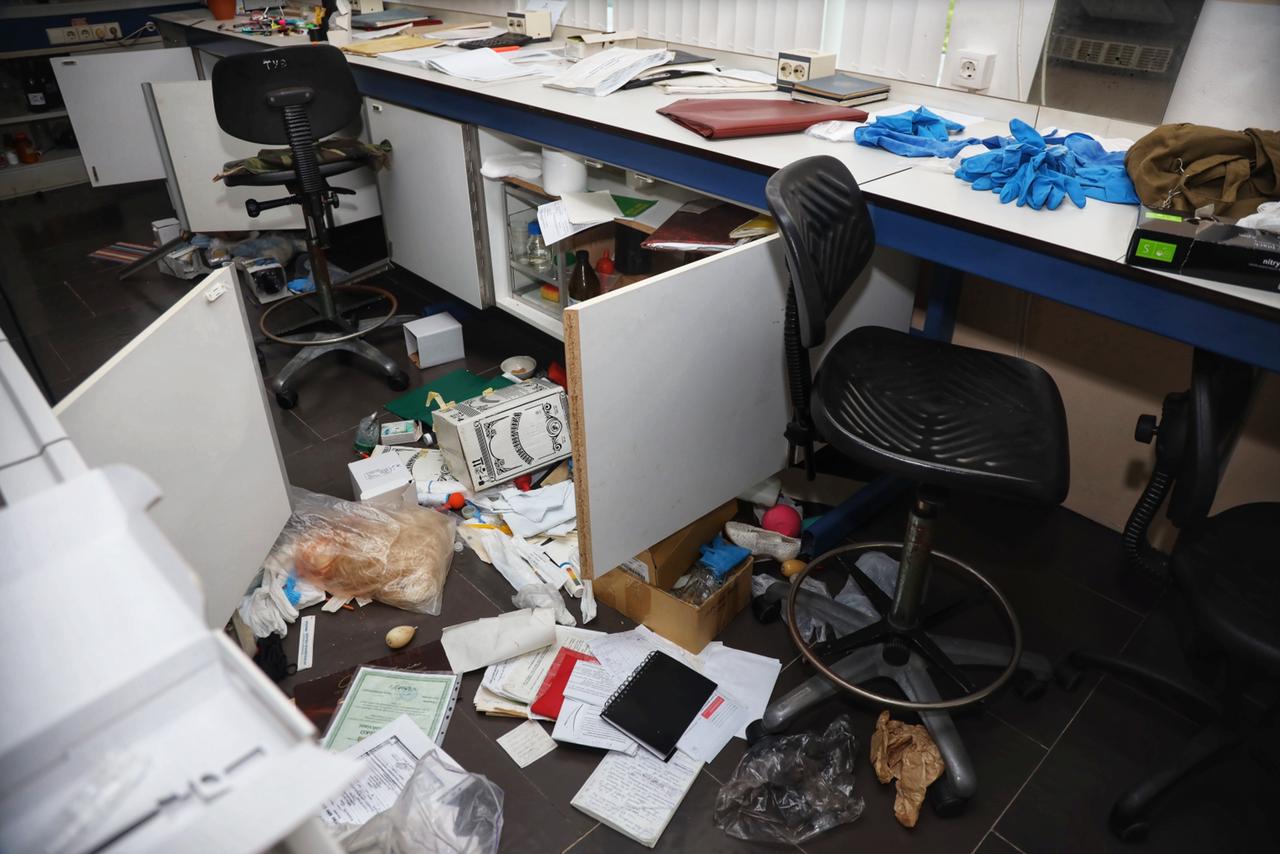
mepr.gov.ua
Current situation in the Chernobyl zone
So far, Ukraine has received €15 million for the restoration of the Chernobyl zone from international donors, including the European Commission, the European Bank for Reconstruction and Development, the Ministry of Energy of the United States, Norway, Great Britain and Germany. Total revenue should reach €225 million. The Chernobyl exclusion zone is planned to be turned into a world scientific center for studying the peaceful atom.

